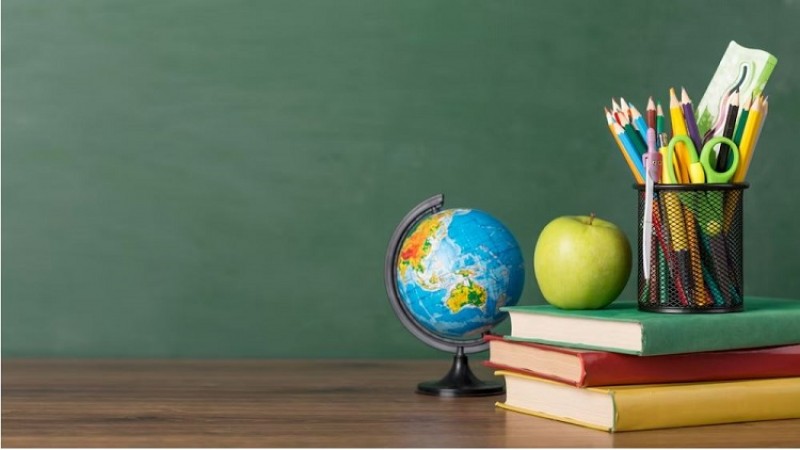
EDITORIAL NEWSTRACKLIVE - India, a land of diversity and promise, has long strived for a robust education system that ensures equal opportunities for all its citizens. Despite significant progress, the recent Annual Status of Education Report, titled 'ASER 2023: Beyond Basics,' sheds light on persistent gaps in the educational landscape, particularly for the nation's youngest citizens.
The report, a survey conducted by the civil society organization Pratham among rural students aged 14 to 18, underscores a concerning reality. While 86.8% of adolescents in this age group are enrolled in educational institutions, the quality of education appears to be lagging behind. More than half of the surveyed students struggled with basic mathematics, a skill expected to be mastered in Classes 3 and 4. Additionally, approximately 25% could not read a Class 2 level text in their mother tongue.
A deeper examination reveals gender disparities, with boys outperforming girls in arithmetic and English reading skills. Moreover, the report highlights a shift in educational preferences at the higher secondary level, where a majority of students opt for Humanities. Notably, there is a noticeable gap in the enrollment of girls in the science stream. Only 5.6% have chosen vocational training or related courses, indicating a potential mismatch between educational offerings and the demands of the job market.
One noteworthy trend is the increasing reliance on private tuition, which rose from 25% in 2018 to 30% in 2022. While access to education has expanded, the challenges students face after completing the compulsory school cycle (Class 8) are evident. Many struggle to cope with the ambitious curriculum set for higher secondary levels, revealing a need for more targeted interventions to ensure a smoother transition for students.
The National Education Policy 2020 emphasizes the priority of achieving universal foundational literacy and numeracy in primary schools by 2025. While all states have made strides in this direction under the NIPUN Bharat Mission, the report indicates that there is still a significant gap to be bridged. The Right to Education Act, 2009, has undoubtedly ensured universal access to education, but the spirit of the law demands a comprehensive effort to reach every child.
Despite the challenges, there are positive aspects. The rise in smartphone ownership among youngsters provides an opportunity for leveraging technology in education. However, the report notes a critical gap in online safety awareness among students, emphasizing the need for a balanced approach to digital learning.
While the strides in enrollment are commendable, India's education system must address the lingering gaps to ensure that every child receives a quality education. The corrective measures must encompass not only foundational literacy and numeracy but also address gender disparities, align education with vocational needs, and prepare students for the evolving digital landscape. Only through a concerted effort can India truly realize the vision of an inclusive and equitable education system for all.
New Coaching Centre Rules: Government Sets Age Limit and Safety Measures